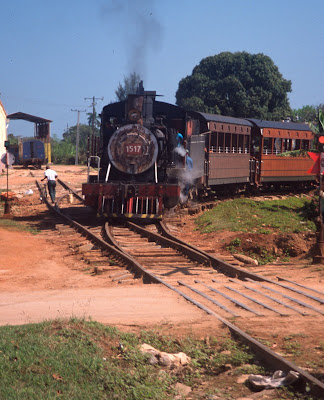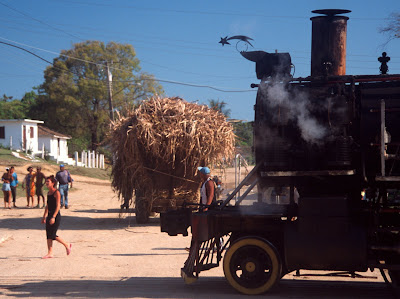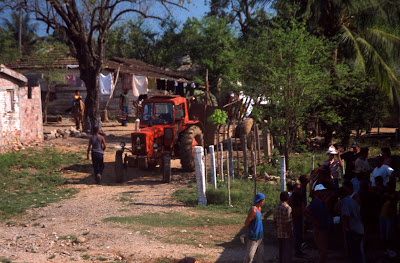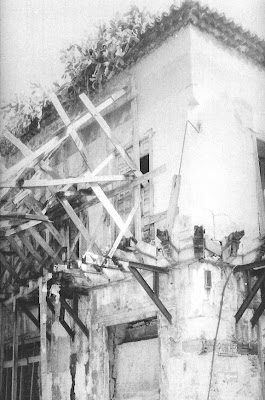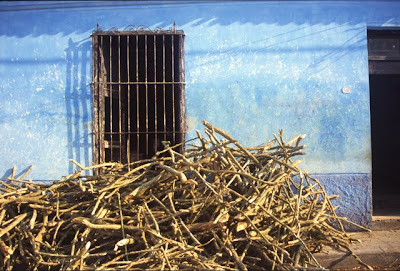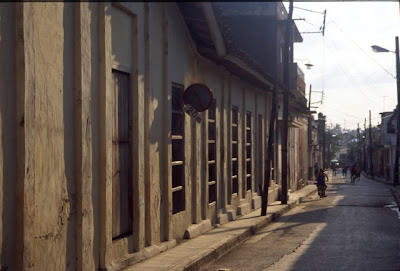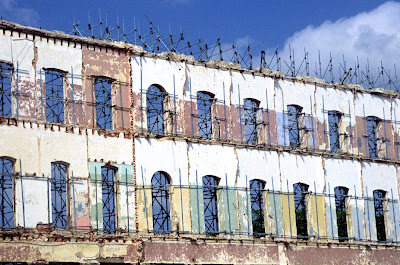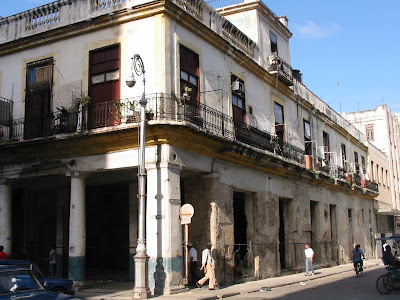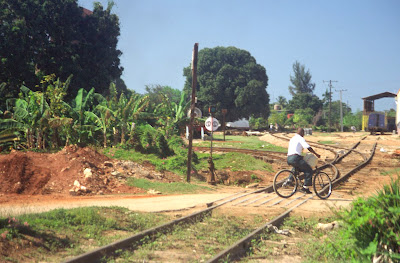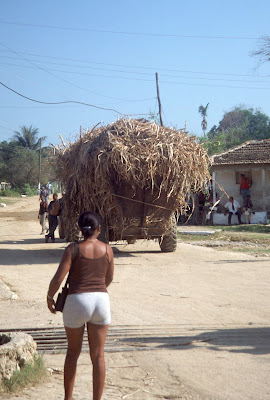Day 2 of
Splendour in the Grass dawned with more talk of early starts, but in the end the beach won out over the charms of Van She and British India, and by the time we got there
Vampire Weekend were half way through their set. I'd listened to their self-titled album a couple of times during the week, and the general impression was of up-beat Afro-pop, with a couple of stand-out singles. It's a style of music that translates well to the stage, and the big blue tent was packed with kids happily bopping away, without going really ballistic apart from for the main single.
No such problems for
The Wombats though, whose high speed pop-punk had the crowd going nuts from beginning to end. They've had a lot of air-play for the catchy ditty
Let's Dance to Joy Division, and judging by their gig and the crowd's reaction to it, there are plenty more hits when that one came from.
I had time for half
The Grates gig and I have to say I was disappointed. There's no doubting the energy and enthusiasm of band or their fans, and I really wanted to like them, yet the songs don't really do them justice - at least yet. Anyway, Robert Forster was up next, so there was no need to hang around.
I'd had great expectations for seeing
Robert Forster - at the
G.W. McLennan tent no less - and they were more than met. Probably the only disappointing factor was the small size of the crowd, however that was mostly a bonus as it meant I could get up the front and still enjoy the gig without being knocked over by drunken dick-heads.
Forster covered his entire catalogue from early
Go Betweens to his most recent solo releases. The sound was crystal clear and his voice was strong and clear. Particular highlights for me were
Spring Rain, one of my all-time favourite songs, which I hadn't heard live in close to two decades, and
Surfing Magazines, for its sheer cheesieness (especially when sung along to by a crowd of mostly 40 plussers). I traipsed back to the main stage with a huge smile on my face.
The night's finale was a strange triple-header in the Supertop:
The Vines,
Sigur Ros, and
Wolfmother. On paper, it resembled the ridiculous to the sublime, and back again. The reality was no different, and ideal scheduling would have had us leaving after the near perfection that was
Sigur Ros, rather than with the ears ringing to Wolfmother.
It was hard to imagine how Sigur Ros's ethereal music would translate to the stage, but I was blown away by the clarity and dynamics of the music and the soaring vocals. How singer Jonsi can speak after a gig is beyond me. It wasn't all operatic however, several tracks on the most recent
album, including the aptly named Gobbledygook, are pretty poppy and the crowd responded in kind. A magic experience, and the highlight of the festival.
The Vines, back together after singer Craig Nicholls' much publicised difficulties, threw together a patchy set. When they rocked they really rocked, yet some of the more psychedelic numbers were just too self-indulgent, losing the good will of the crowd.
No such subtlety for Led ... I mean
Wolfmother, of course. It turns out this was their last ever gig, the band announcing their break up shortly after Splendour. The music, as derivative as it is, makes for a great head-banging and body-shaking experience, and despite the protestations of my ankles, I got right into my first slam-dance in years ! I'm not convinved though, that it's practical for one member of a three piece to play both bass and keyboards, often in the same song, as Chris Ross attempted to. Anyway, lucky to see them before the end.
I decided not to risk my camera on day 2, so no photos this time round, sorry !

